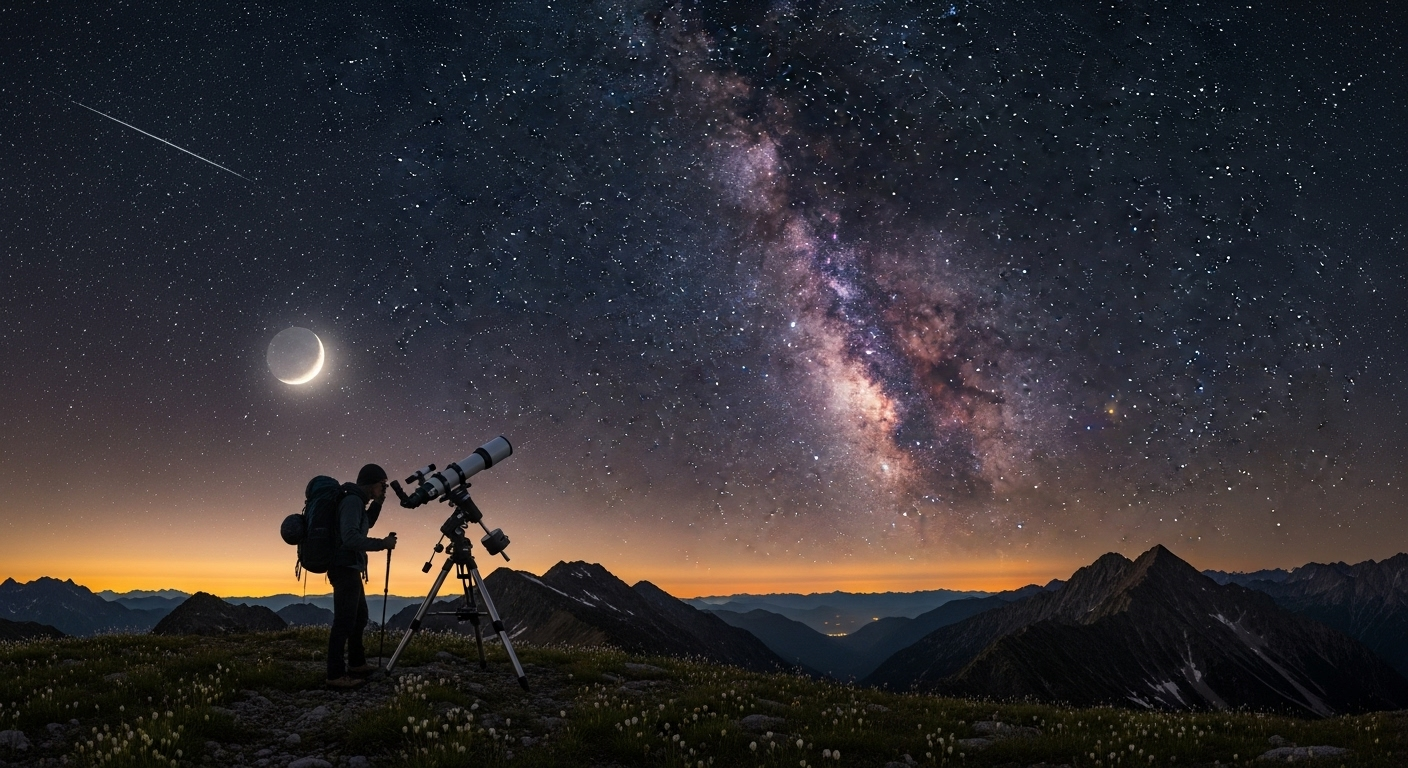Discovering the Mystique of Astro-Tourism: A New Frontier in Travel
Astro-tourism, a travel trend that encourages people to venture into the world's dark spots for a glimpse of the universe's celestial wonders, has rapidly gained popularity in recent years. It is a unique blend of science, adventure, and natural beauty that offers an unparalleled travel experience.

The Birth and Evolution of Astro-Tourism
Astro-tourism, in its simplest form, is the act of traveling to places where the night sky, free from light pollution, is clearly visible. This style of tourism had its roots in ancient times when humans would travel great distances to observe celestial events, like solar eclipses. The trend saw resurgence in the 19th century with the advent of more advanced astronomical equipment, and it became more accessible to the general public. Today, astro-tourism is a full-fledged industry, with dedicated tours, accommodations, and even festivals revolving around stargazing and the cosmos.
Modern Astro-Tourism: A Response to Urban Light Pollution
The rise of urbanization and the consequent increase in light pollution have rendered the night sky in many parts of the world almost invisible. This loss has given rise to a new age of astro-tourism. Travelers are now seeking remote and dark sky locations to reconnect with nature and gaze at the stars, planets, and galaxies that our ancestors once observed. This resurgence has led to the establishment of dark sky reserves and parks around the world, where artificial light is strictly controlled to protect the quality of the night sky.
Advantages and Challenges of Astro-Tourism
Astro-tourism offers a unique opportunity to discover the mysteries of the universe and appreciate its sheer scale and beauty. It also promotes environmental conservation and awareness, particularly about the adverse effects of light pollution.
However, it’s not without challenges. Weather conditions can greatly affect visibility, and some locations can be difficult to access due to their remote nature. Additionally, managing increasing tourist numbers without disrupting the very darkness they’ve come to enjoy presents a significant challenge.
Practical Applications and Impact on Travelers
The rise of astro-tourism has led to an increase in travel to more remote, less populated areas. This has boosted local economies and provided an incentive for environmental conservation. From an individual perspective, many travelers find stargazing to be a deeply moving and even spiritual experience, offering a sense of connection to the universe and a respite from the fast pace of modern life.
A Glimpse into the Cosmos: Tips for Astro-tourists
-
Plan your trip around new moon phases for the best viewing opportunities.
-
Check the weather forecast before heading out. Clear skies are crucial for stargazing.
-
Bring necessary equipment, such as a telescope, star charts, or a stargazing app.
-
Dress warmly and bring extra blankets. It can get very cold at night, especially in desert areas.
-
Respect the environment. Minimize light usage, stay on designated paths, and leave no trace.
In conclusion, astro-tourism offers a unique blend of adventure, learning, and a profound connection with the cosmos. It challenges the way we think about travel, urging us to venture beyond our routine destinations. By witnessing the majesty of the universe, travelers gain a new perspective on their place within it - a humbling and inspiring experience that goes far beyond the realms of traditional tourism.





